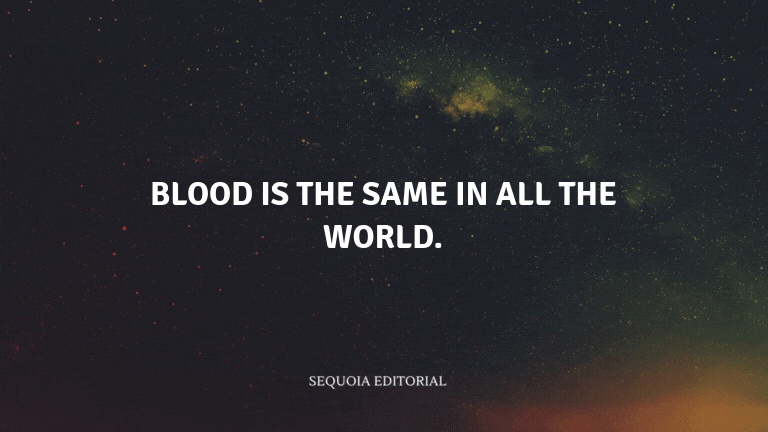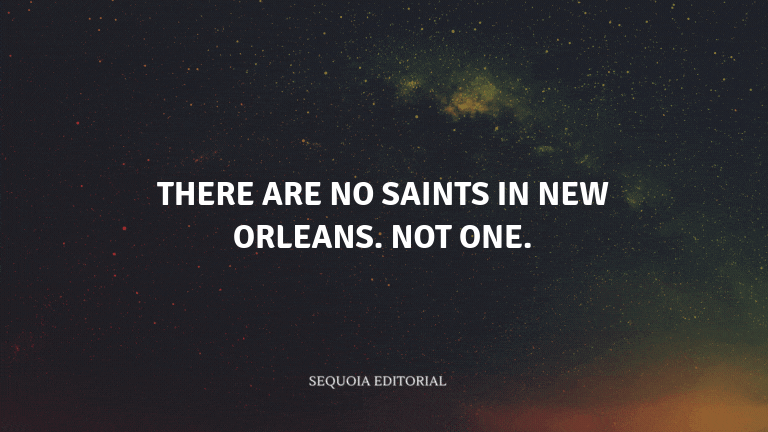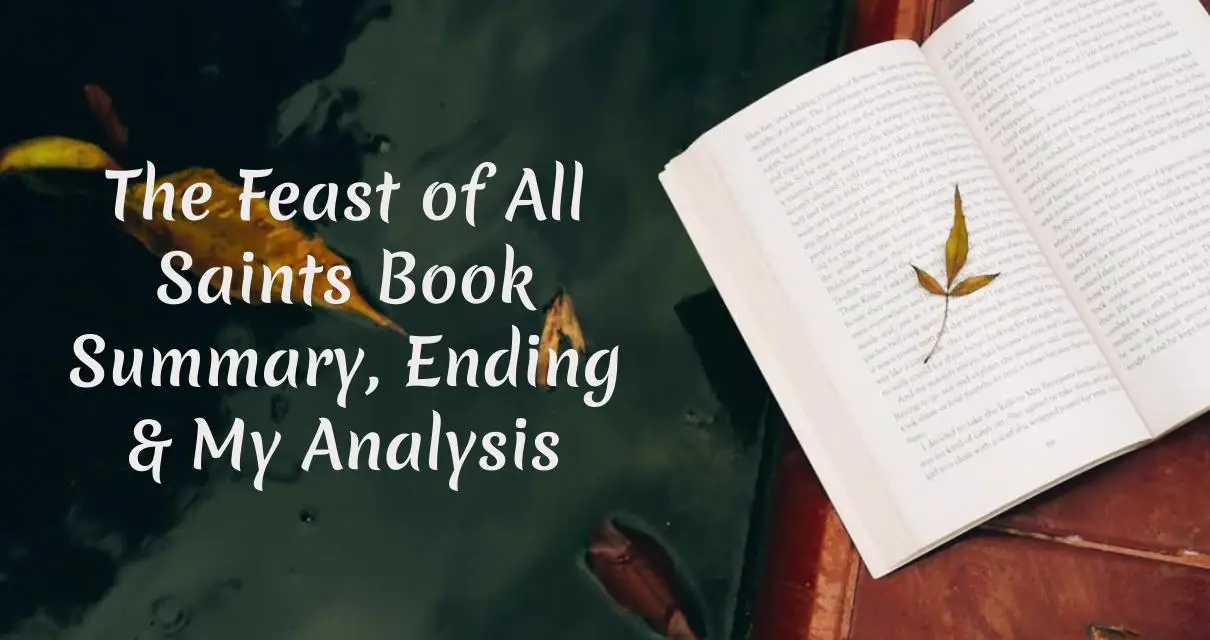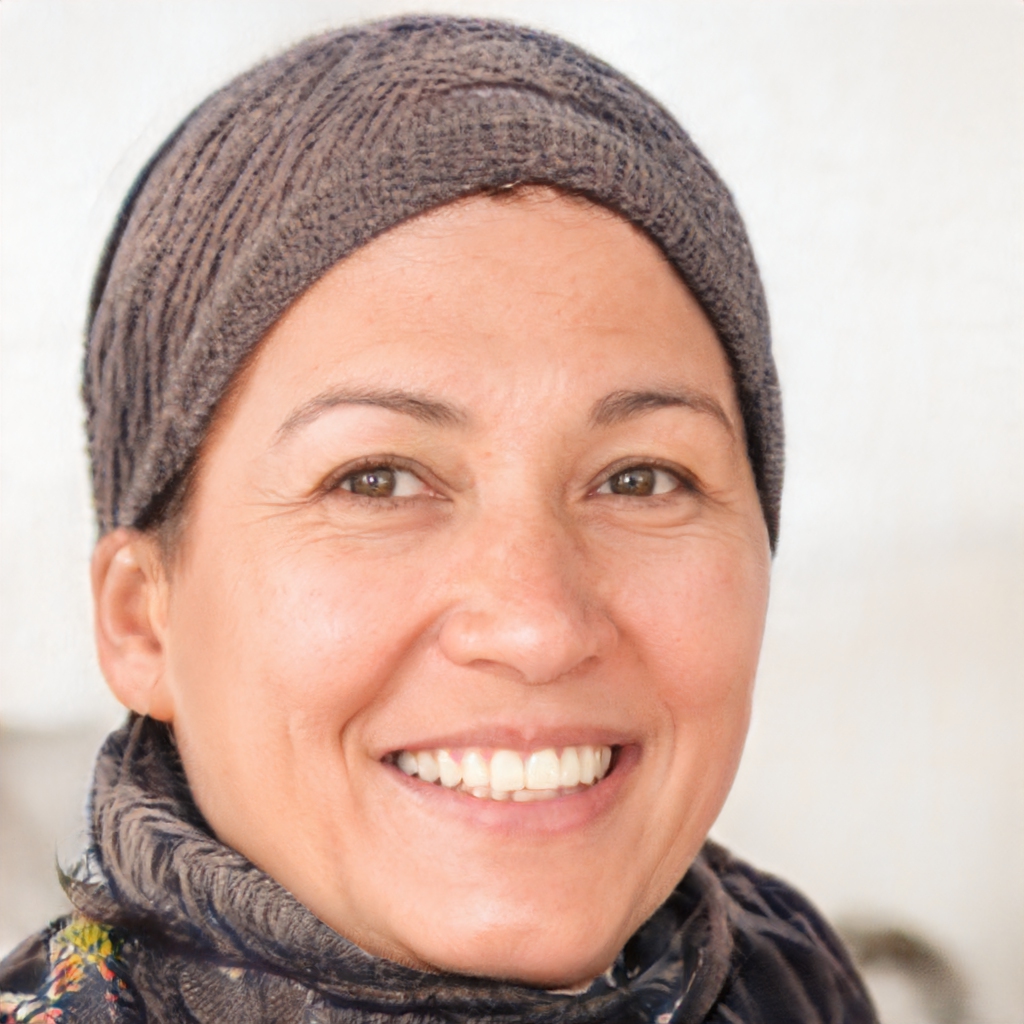The Feast of All Saints is about the intricate lives of the gens de couleur libres, the free people of color in 19th century New Orleans. The story follows Marcel, a young boy coming of age, who grapples with his racial identity and the complex social hierarchy of the time.
Table of Content
The Feast Of All Saints Book Summary
Marcel, a young boy of mixed race, traverses the complex and vibrant world of New Orleans in the 1840s. He grapples with the social strata that divide his city into white, black, and free people of color. His mother, Anna Bella, is entangled in a passionate affair with Philippe Ferronaire, a man from a powerful white family.
The intricate web of Marcel's family includes his strong-willed grandmother, Mercédès, and his great-grandmother, Marie-Thérèse, a former slave who has risen to prominence among the gens de couleur libres.
The shadow of Marcel's absentee white father, Clarence, looms over him, as he yearns for acceptance from a world that rejects his existence. He befriends Remy and Didier, who share his struggle for identity.
Marcel's half-sister, Emilie, embodies the delicate balance his family must maintain between their diverse heritages. The stunning Giselle, an octoroon, becomes a figure of fascination and desire in their community.
As Marcel navigates the elaborate rituals of New Orleans' society, he is caught between the expectations of his family and the lure of a world that denies him equality. His friendships with Remy and Didier offer him solace and understanding.
Secrets and whispered scandals shape the lives of the gens de couleur libres, as they strive to maintain their social standing. The powerful Madame Laurisse holds sway over the community, knowing the hidden truths that could destroy reputations.
Marcel encounters the enigmatic Joseph, a man deeply connected to his family's past. Through Joseph, he begins to unravel the mysteries that have shaped his life and those of his ancestors.
The vibrant tapestry of New Orleans comes alive during the annual Feast of All Saints, where the city's mixed-race population celebrates their unique heritage. Marcel is drawn deeper into the traditions of his people, yet he remains an outsider.
His mother's affair with Philippe Ferronaire threatens to upend the delicate balance of their lives, and Marcel is forced to confront the true nature of the world in which he is growing up.
As he matures, Marcel grapples with his feelings for the captivating Giselle, whose beauty is both a blessing and a curse in a society that commodifies women based on their color and features.
Marcel's journey is one of self-discovery and acceptance. He must come to terms with the truths of his lineage and find his place in a city that is as enchanting as it is unforgiving.
The choices he makes will not only define his future but also shape the destiny of the gens de couleur libres, whose resilience and pride are tested by the prejudices of the time.
Through the complexities of love, family, and race, Marcel learns that his worth is not determined by the color of his skin, but by the strength of his character and the honor of his heritage.
The Feast Of All Saints Quotes
- Blood is the same in all the world.

- There are no saints in New Orleans. Not one.

- The past is like a knife. It can hurt you, or else it can carve you into something beautiful.

The Feast Of All Saints Ending Explained
At the end of The Feast of All Saints, Marcel has grown into a young man who has weathered the tumultuous world of 19th century New Orleans. The affair between his mother and Philippe Ferronaire reaches a dramatic conclusion, causing ripples through their society.
Marcel's heartache over Giselle and his blossoming love for her reveal the deep emotional scars left by the city's prejudiced attitudes. The choices he makes in love and in life reflect a newfound understanding of his place in the world.
As the book concludes, the Feast of All Saints comes to an end, marking not just a celebration, but a turning point for Marcel and the gens de couleur libres. The future remains uncertain, but Marcel has embraced his heritage and the strength of his people.
Characters in book The Feast Of All Saints
- Marcel: The protagonist, a young boy of mixed race who strives to understand his place in New Orleans society.
- Anna Bella: Marcel's beautiful mother who has a tumultuous relationship with her past and her lover, Philippe Ferronaire.
- Philippe Ferronaire: A wealthy white man and Anna Bella's lover, whose family's reputation is of utmost importance to him.
- Mercédès: Marcel's grandmother, a strong-willed woman who owns a successful brothel and fights for her family's social standing.
- Marie-Thérèse: Marcel's great-grandmother, a former slave who has worked her way up to become a prominent figure in the free people of color community.
- Clarence: Marcel's father, a white man who is absent from his life and unable to publicly acknowledge his son due to racial prejudices.
- Emilie: Marcel's half-sister, the daughter of Anna Bella and Philippe Ferronaire.
- Remy: A close friend of Marcel's who shares his struggles with identity and his place in society.
- Giselle: A strikingly beautiful octoroon who becomes an object of desire for many men.
- Didier: Marcel's friend who is fiercely proud of his African heritage and confronts racism head on.
- Madame Laurisse: A woman of influence in the free people of color community, who knows the secrets of many families.
- Joseph: The eldest son of Marcel's great-grandmother, who takes pride in the family's heritage and traditions.
Key Lessons
- Embrace Your Heritage: Understanding and accepting your cultural background is crucial to forming your identity.
- Seek Equality: Strive to create a world where all people are valued equally, regardless of their race or social standing.
- Stand Against Prejudice: Confronting and challenging prejudice is a noble pursuit that can lead to positive change.
- Family is Complex: Families often have intricate webs of relationships, and these complexities can shape an individual's life.
- Love Transcends: The power of love can overcome social barriers and prejudice, but it requires courage and perseverance.
My Personal Opinion
Is The Feast of All Saints worth reading? Totally, I loved the depth and richness of the story. The intricate portrayal of 19th century New Orleans society is both fascinating and challenging.
I was captivated by the characters' struggles with identity and their place in the world. The narrative is a poignant reflection on racial issues that remains relevant today. However, at times, the story's pacing felt slow, and the dense historical context required careful attention to fully appreciate.
I would recommend this book to readers who are interested in historical fiction and those who appreciate novels that delve deeply into the human condition. It's a complex and thought-provoking read that will resonate with those who seek a deeper understanding of the past and its impact on the present.

